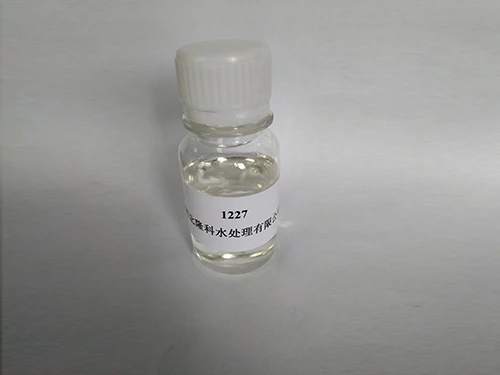diethylenetriamine pentamethylene phosphonic acid
The Role of Diethylenetriamine Pentamethylene Phosphonic Acid in Modern Chemistry
Diethylenetriamine pentamethylene phosphonic acid (DTPMPA) is a versatile phosphonic acid compound that has garnered significant attention in the field of chemistry and industrial applications. With its unique chemical properties, DTPMPA plays a crucial role in several processes, including water treatment, metal extraction, and as a key ingredient in various formulations. This article delves into the structure, properties, applications, and importance of DTPMPA in modern chemical industries.
Chemical Structure and Properties
DTPMPA is a member of the phosphonic acid family, characterized by a central phosphonic acid group (-PO3H2) that is attached to a diethylenetriamine backbone. This specific structure endows DTPMPA with multiple reactive sites, allowing it to form complexes with metal ions effectively. The compound is a colorless to pale yellow liquid with excellent solubility in water, which is vital for its function in various applications.
One of the significant properties of DTPMPA is its chelating ability. Due to the presence of nitrogen atoms in the diethylenetriamine chain, DTPMPA can bind to metal ions such as calcium, magnesium, and iron. This chelation property is critical in preventing the precipitation of hard scales in water systems, thereby facilitating smoother operations in water treatment processes.
Applications
In water treatment, DTPMPA is used as a scale inhibitor and dispersant. Hard water often contains high concentrations of calcium and magnesium ions, which can lead to the formation of scale in pipes and boilers. The introduction of DTPMPA helps sequester these metal ions, preventing their deposition and leading to enhanced efficiency and longevity of water systems. Its ability to reduce corrosion rates also contributes to the overall integrity of infrastructure reliant on water systems.
diethylenetriamine pentamethylene phosphonic acid

2. Metal Extraction and Processing
The chelating properties of DTPMPA extend its utility into the realm of metal extraction and processing. It serves as an effective reagent in hydrometallurgical processes, where it assists in the extraction and purification of valuable metals from ores. By forming stable complexes with target metals, DTPMPA facilitates their separation from unwanted impurities, increasing overall yield and efficiency.
3. Agriculture
In agriculture, DTPMPA is recognized for its role in enhancing nutrient availability. Phosphorus is a crucial element for plant growth, but it often exists in forms that are not readily accessible to plants. DTPMPA can stabilize phosphorus in a more bioavailable form, thereby improving nutrient uptake and promoting healthier crop yields. This makes it a valuable component in fertilizer formulations.
Environmental Considerations
The increasing use of DTPMPA in various sectors raises questions about its environmental impact. Phosphonic acids, including DTPMPA, are generally regarded as less harmful compared to traditional phosphates, which contribute to eutrophication in aquatic systems. DTPMPA’s capacity to biodegrade and its lower toxicity make it a more environmentally friendly choice when managing phosphorus levels in agriculture and water treatment.
Conclusion
Diethylenetriamine pentamethylene phosphonic acid exemplifies the significant advancements made in the development of functional chemical compounds in response to industrial demands. Its multifunctional properties make it an essential agent in water treatment, metallurgy, and agriculture. As industries continue to seek sustainable and efficient solutions, the relevance of DTPMPA is likely to grow, fostering innovations in its applications and formulations. Understanding and leveraging the properties of DTPMPA is fundamental for scientists and engineers aiming to enhance environmental protection while maximizing efficiency across various sectors. The ongoing research and development surrounding DTPMPA not only underscores its importance in modern chemistry but also highlights the commitment to advancing sustainable practices in industry.
-
Water Treatment with Flocculant Water TreatmentNewsJun.12,2025
-
Polymaleic AnhydrideNewsJun.12,2025
-
Polyaspartic AcidNewsJun.12,2025
-
Enhance Industrial Processes with IsothiazolinonesNewsJun.12,2025
-
Enhance Industrial Processes with PBTCA SolutionsNewsJun.12,2025
-
Dodecyldimethylbenzylammonium Chloride SolutionsNewsJun.12,2025





